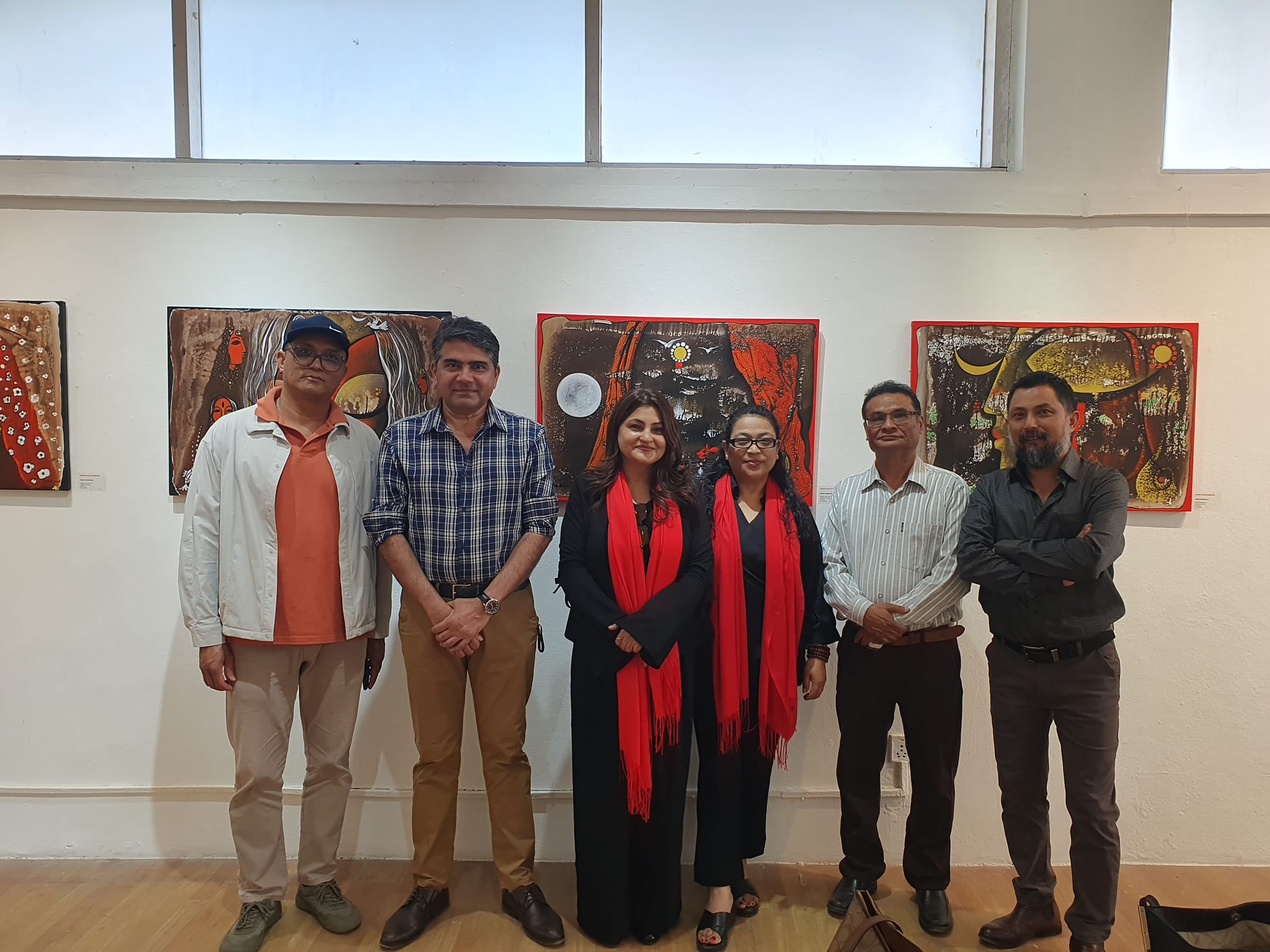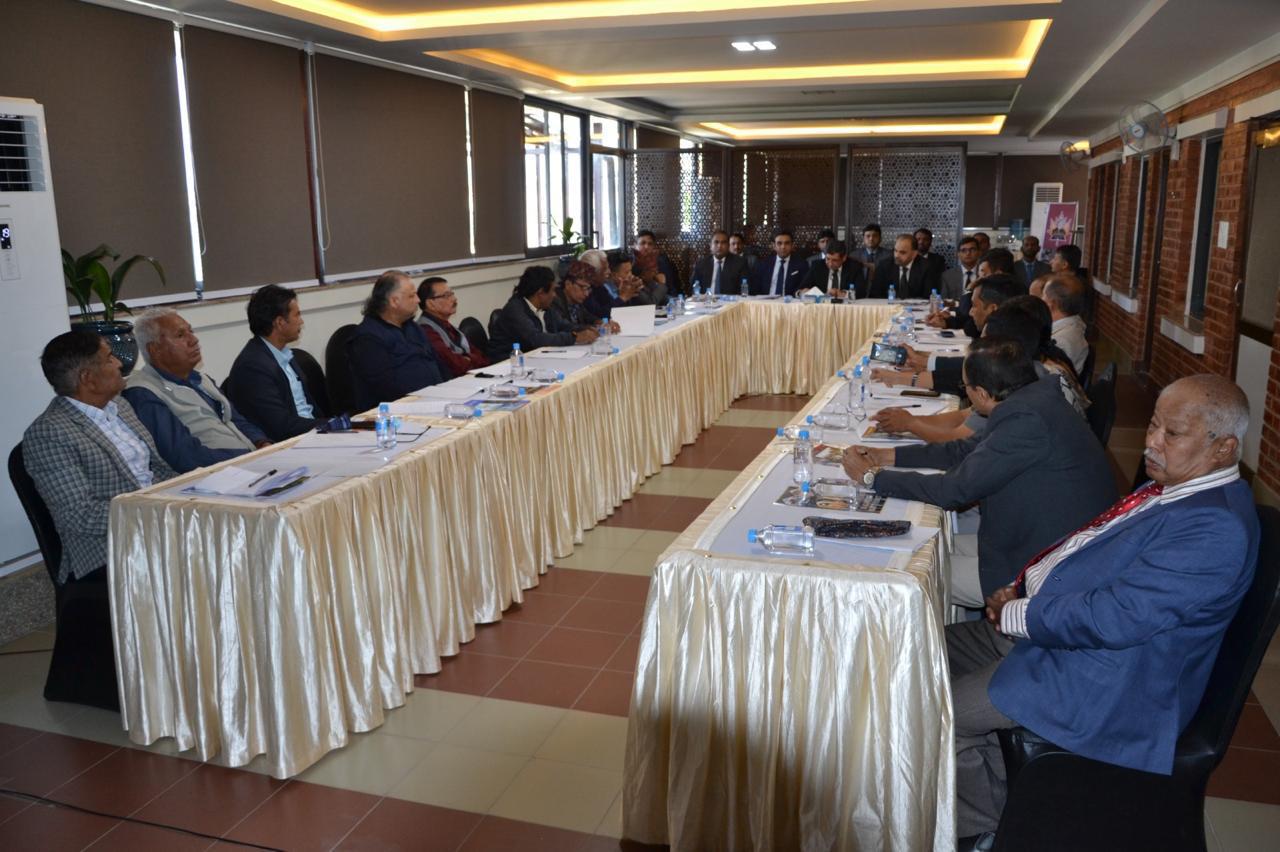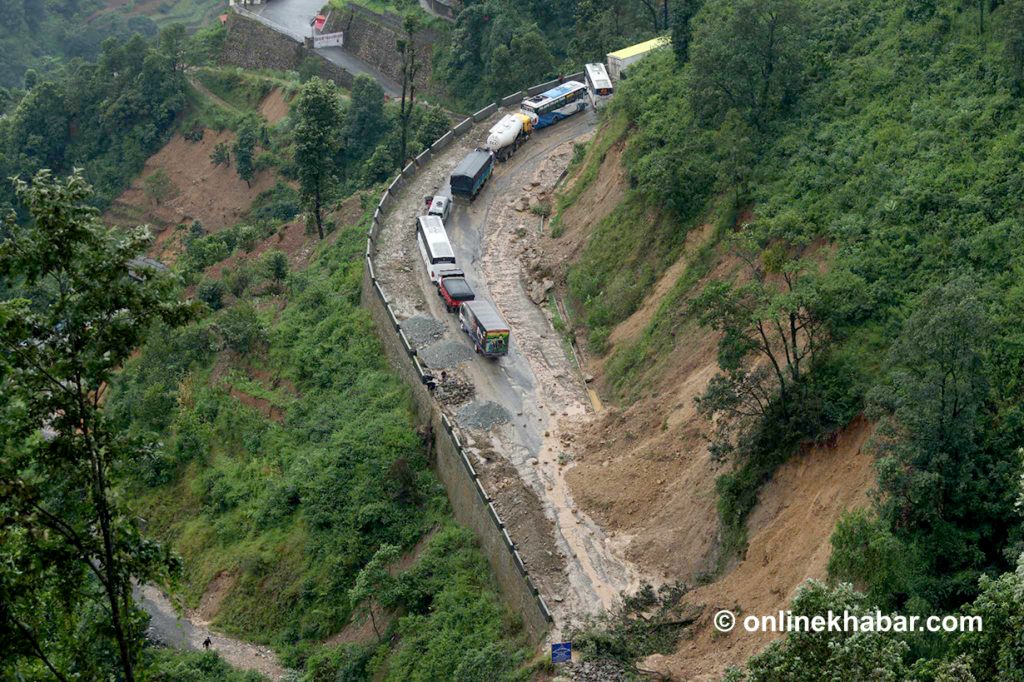
Asmita from Bagbazar in Kathmandu finds it frustrating as there are not any children’s parks whenever she wanted to take her daughter out for a walk on holidays.
“You must think a hundred times if you want to go for a short trip. There is no open space in Kathmandu for children to play. Their only travel time is the distance between their home and school,” she says.
According to her, this is a concern for both the parents and their children. “On one hand, children have not been able to play in an open space, and on the other, it’s a stressful time for parents when children are at home.”
Not only is there a lack of open spaces in Kathmandu, but the ones that are available are also not organised. Playing is very important for children to immerse themselves in society, stay and share their feelings and experiences. But, the children of Kathmandu have not been able to experience their world and they are deprived of feeling nature.
Pitiful prioritisation
Infrastructure expert Shree Ram Dhakal says that the lack of children’s parks in Kathmandu and those available being not child-friendly are the result of the low priority Nepali policymakers, parents and urban planners give to children’s issues.
“There is a lack of children’s parks and open spaces in Kathmandu because there are no planned urban structures. This was a problem of the past, but no efforts have been made to improve them now.”
He says that since children are in the learning stage, they need an open space such as children’s parks or green parks where they can learn practical knowledge by seeing, touching and feeling. He says that open spaces are not only needed for children but for all age groups.
Unorganised urbanisation and misconceptions
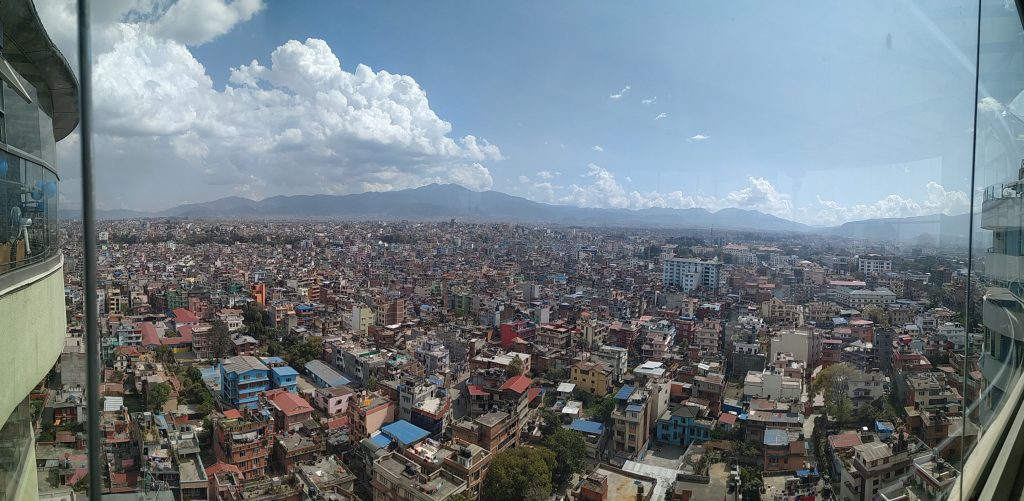
The traditional concept of development, which is equivalent to the construction of buildings, is affecting the natural environment that has a direct impact on the availability of open spaces. Then, the greed of those in authorised positions to utilise open spaces for their selfishness too has negatively affected the accessibility of children’s parks.
Even though buildings are being constructed in open areas, local, provincial and federal authorities are not serious about the need to protect open spaces. This issue does not seem to be their priority.
Educationist Bidya Nath Koirala says that sports make children’s learning stronger and more effective. “Children want to learn by playing in a natural environment and not in the narrow confines of a classroom,” he says. “Sports are necessary for the overall development of children. They need an open place to jump to play.”
He says that there is a problem of perception because teachers and parents in Nepali society take games only as a means of entertainment. “Learning through games is long-lasting and they also develop children mentally and physically.”
Due to the lack of children’s parks in the city, there are high chance that these children get bored or depressed as there is a lack of physical activities. Koirala says the more children play or the more they move around, the smarter and more motivated they are to learn. Open spaces are also important in terms of public health and the environment.
The children of the city have been accustomed to rote learning. Educationist Koirala says that to get over it, learning through sports and taking them for a walk in open spaces is effective.
The absence of children’s parks in the city has not only caused problems in the social, physical and mental health of children but has also caused distress to parents.
Learning and the right to play
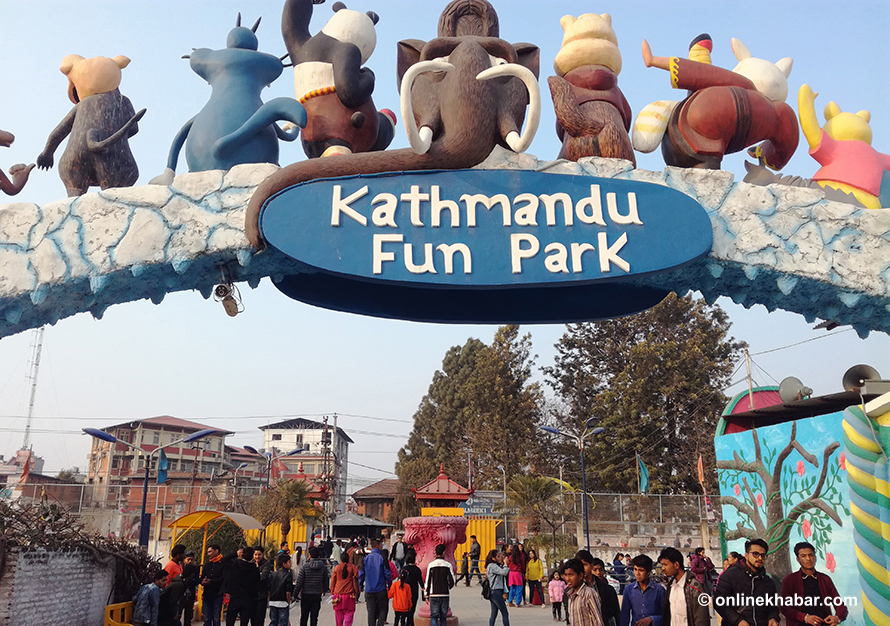
Games are an essential part of children’s development. They not only keep children healthy but also teach them to be social.
But, there are no children’s parks in Kathmandu. Though there are a few parks around the city, they are not child-friendly. As a result, the children have to be confined inside the house; they are also deprived of the right to play.
Now, the children’s daily life is school and home. When children do not play even if they want to, they are not only becoming lonely, but distant from social traditions, behaviour and environment.
“When we teach children, they want to be taught through games. But, in practice, there is no place to play in the city, nor in schools,” says Sharmila Karki of Maitidevi.
She says that if there are no children’s parks, they have to stay at home and being at home increases anxiety and stress not only for them but also for the parents.
“Even though there is school during the day, the children are forced to spend the rest of the time at home, so they have not been able to connect with society. They don’t care about anything except mobile and TV,” she says.
Clinical psychologist Dr Bijay Gyawali says the development of children’s mental and spiritual awareness is slow due to the lack of open spaces and children’s parks in the city.
“For the physical, mental and spiritual development of children, they should be engaged in sports,” Dr Gyawali says, “But in the city, there are no open spaces for children to play, and they are causing problems.”
He adds, “Playing games are important for the overall development of children. The work done by children by playing, touching and feeling is effective and sustainable. For this, they should be allowed to play openly in the natural environment.”
“Playing in a clean and outdoor environment is an integral part of psychosocial education. Nature itself is the teacher; what children learn spontaneously by touching, smelling, touching and playing becomes permanent,” says Dr Gyawali.
For that to happen, children’s parks should be made keeping in mind the appropriate location and the age group of the children, he suggests.
This story was translated from the original Nepali version and edited for clarity and length.






